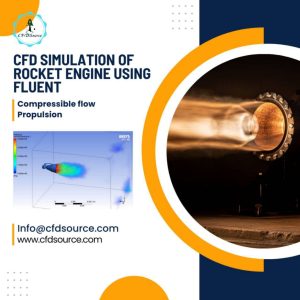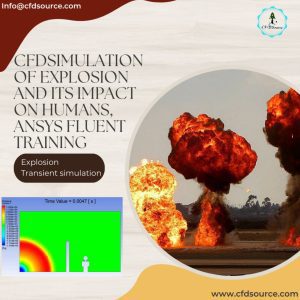Fluid dynamics doesn’t behave the same way in a chemical reactor as it does around an aircraft wing, or inside a medical device. Each industry comes with unique physics, dominant forces, and critical parameters. Aerospace might obsess over shock waves and boundary layer transition at high speeds ✈️, while HVAC needs precise thermal comfort prediction using radiation and displacement ventilation models. Automotive aero demands specific turbulence treatments for external blunt bodies and reliable drag/lift prediction. I found this out sharply early on, applying an industrial mixing solver setup – great for large stirred tanks – to a microfluidic biomedical device.
The fundamental assumptions for the large-scale turbulence model completely broke down at the micro-level. We had to switch to totally different physics, mesh strategies focusing on capillary forces, and specialized post-processing metrics for cell viability or reagent mixing efficiency that were irrelevant in the industrial context. It’s knowing these industry-specific nuances and exactly which models, meshing tactics, and result interpretations matter most for your specific application that makes CFD useful, not just generic simulation runs. Whether it’s applying multiphysics capabilities common in Comsol Consulting for intricate thermal-fluid interactions or using other specialized tools, selecting the right software and approach is paramount for accurate outcomes.











